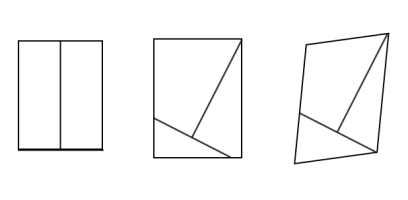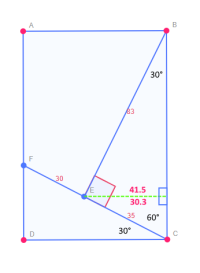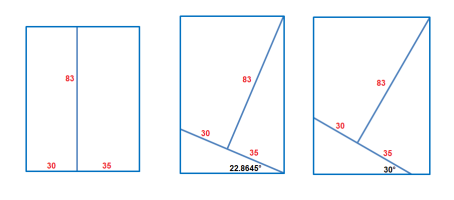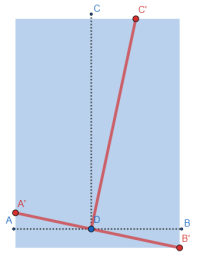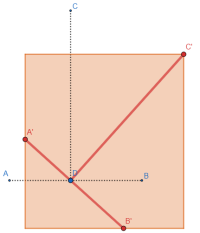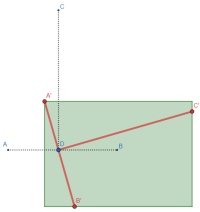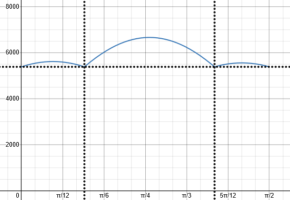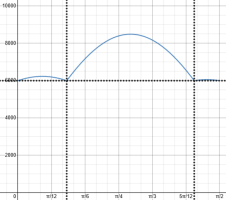MeatySteak
New member
- Joined
- Feb 2, 2024
- Messages
- 1
Hi,
I'm trying to figure out which values make up the least amount of area within the rectangle based off the lines within the rectangle? (Hopefully that makes sense)
The lines inside rotate around point E and dictate the width and length of the rectangle at the ends. Each picture is the sequence of the T shape rotating around E within the rectangle. Hopefully this makes sense.
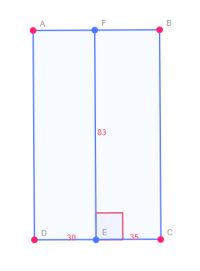
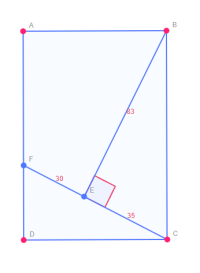

I'm trying to figure out which values make up the least amount of area within the rectangle based off the lines within the rectangle? (Hopefully that makes sense)
The lines inside rotate around point E and dictate the width and length of the rectangle at the ends. Each picture is the sequence of the T shape rotating around E within the rectangle. Hopefully this makes sense.




